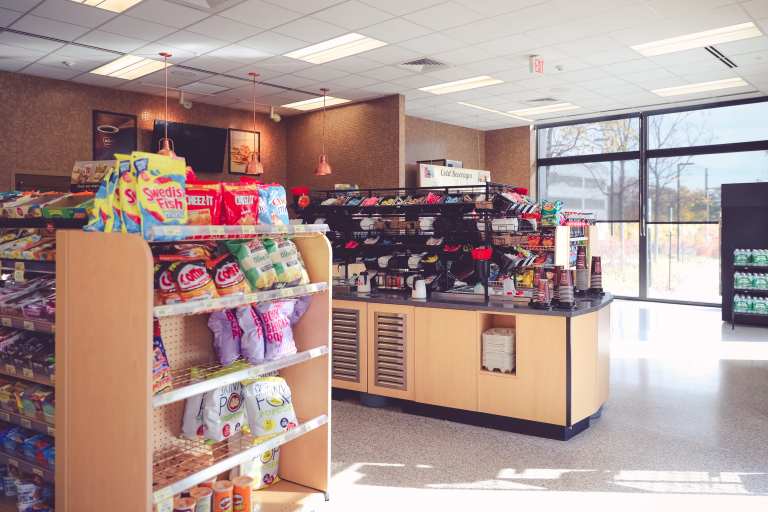
America’s eating habits are seeing a shift towards gas stations and convenience stores, as many peoples’ favorite eateries include chains like Wawa, Sheetz and Kwik Trip now.
All three of those chains have noticed the desire among consumers for quick, easy meals, espresso, Kombucha and a wide array of snacks.
The overhaul comes amid the mass-closing of malls and shoppers starting to prefer the ease of shopping online.
But the convenience store has its own allure, particularly for customers looking for something immediate and quick. As 93 percent of Americans live within walking distance of a convenience store – 80 percent of those having a gas station attached, too – the stores have begun to accommodate.
With the 24-hour availability of the stores, and the 3,230 square feet average, convenience stores offer a cheap and easy option for customers who want to accomplish multiple things at once, from grabbing food to filling up their cars.
Snacking has become Americans’ meal of choice, as statistics show them cooking fewer dinners at home but also going out to restaurants less.
The reason for this is because consumers, particularly younger ones, are less willing than older generations to walk around large grocery stores or drive out of their way to a sit-down restaurant.
Restaurants, meanwhile, have tried to accommodate this, offering more snack options and beginning to have prepared food ready at all times in their kitchens.
Wawa and Sheetz, among other similar chains, have inspired devoted followings — a couple recently got married at a Wawa, and at Sheetz, one superfan got a tattoo inspired by the company.
A study by industry advocacy group National Association of Convenience Stores showed that convenience store sales are up by around 30 percent over the past decade, and the number of stores has grown by around 28 percent since 2000.
However, despite the popularity of the major chains, innovation at many convenience stores has room to go much further, according to Diebold Nixdorf’s Director of Service Station and C-Stores Ulrich Seemann in an interview with PYMNTS.com last year.
Seemann said that convenience stores had done a 180 degree turn from the early days where it was mostly about filling up with gas – now, the gas is almost an afterthought.
Instead, he said, stores smaller than the big chains need to innovate to survive. He said the pressure is already being seen on companies like McDonalds’ additions of touch-screen checkouts, and on grocery retailers’ mobile pickups, which are all what customers desire these days.